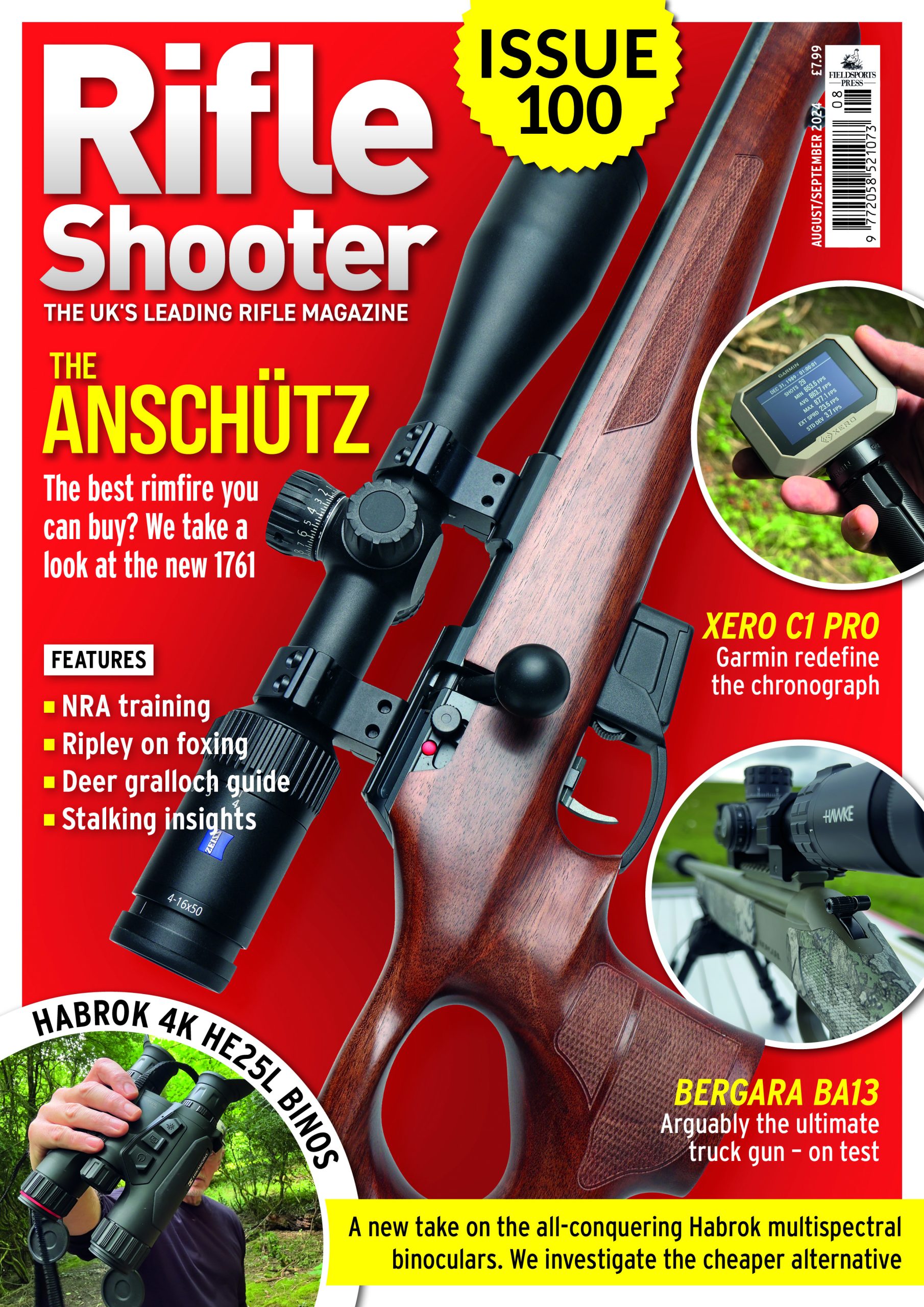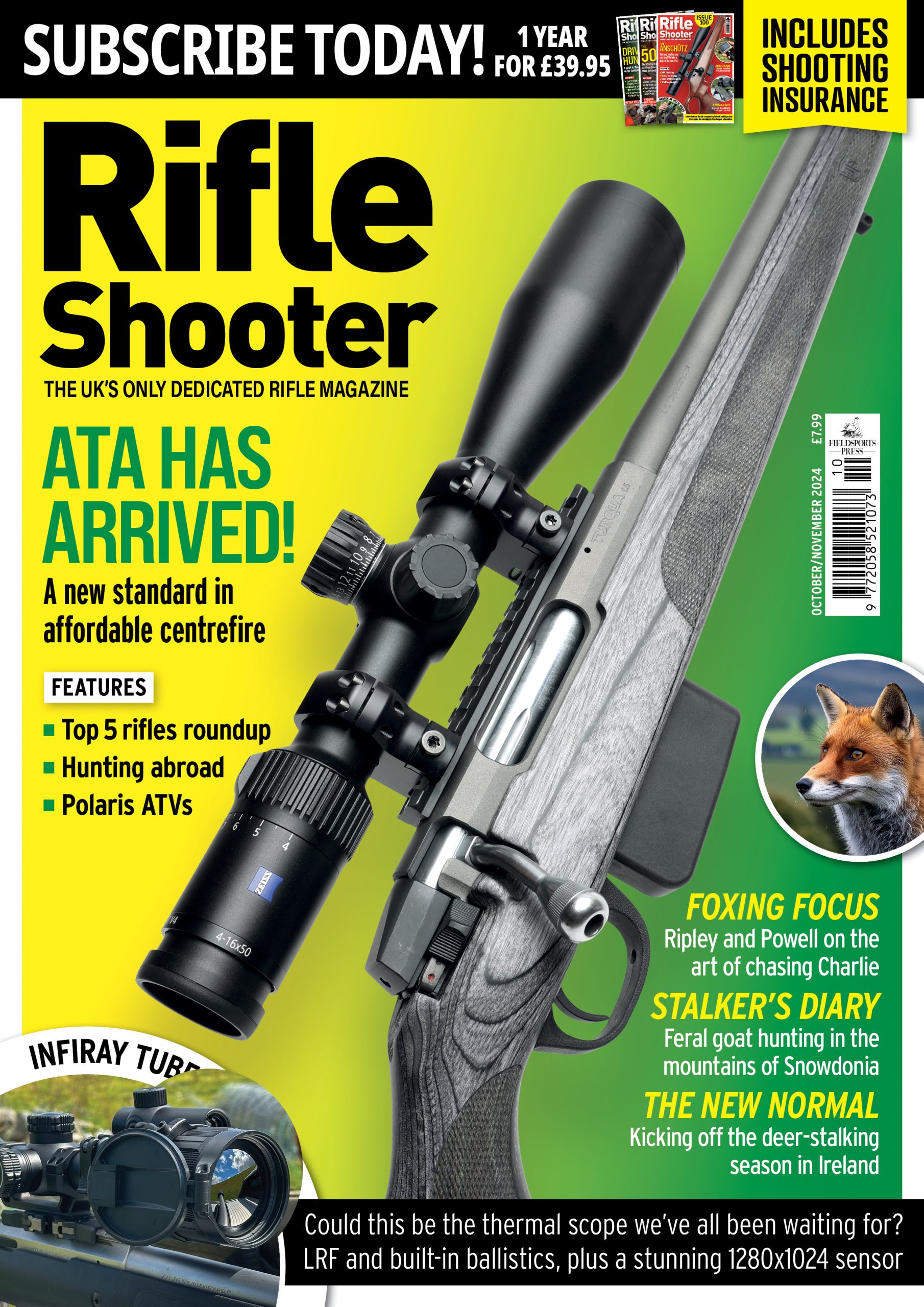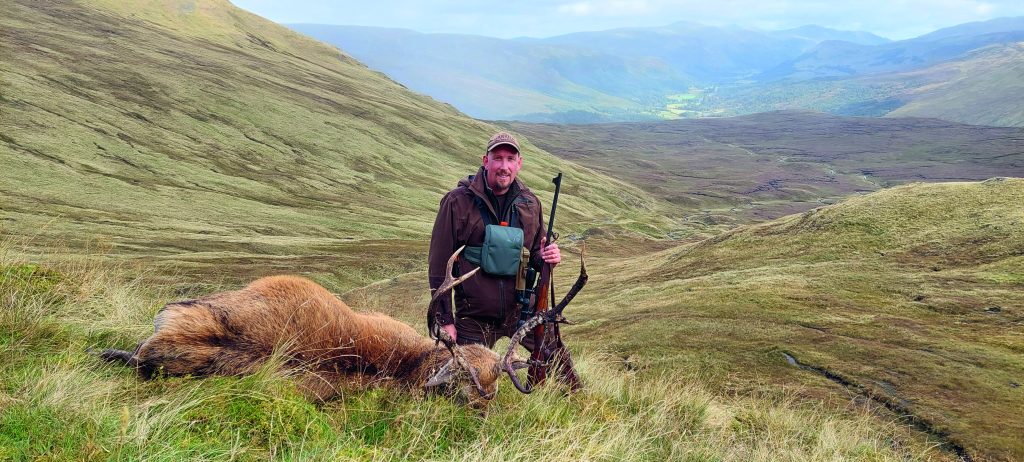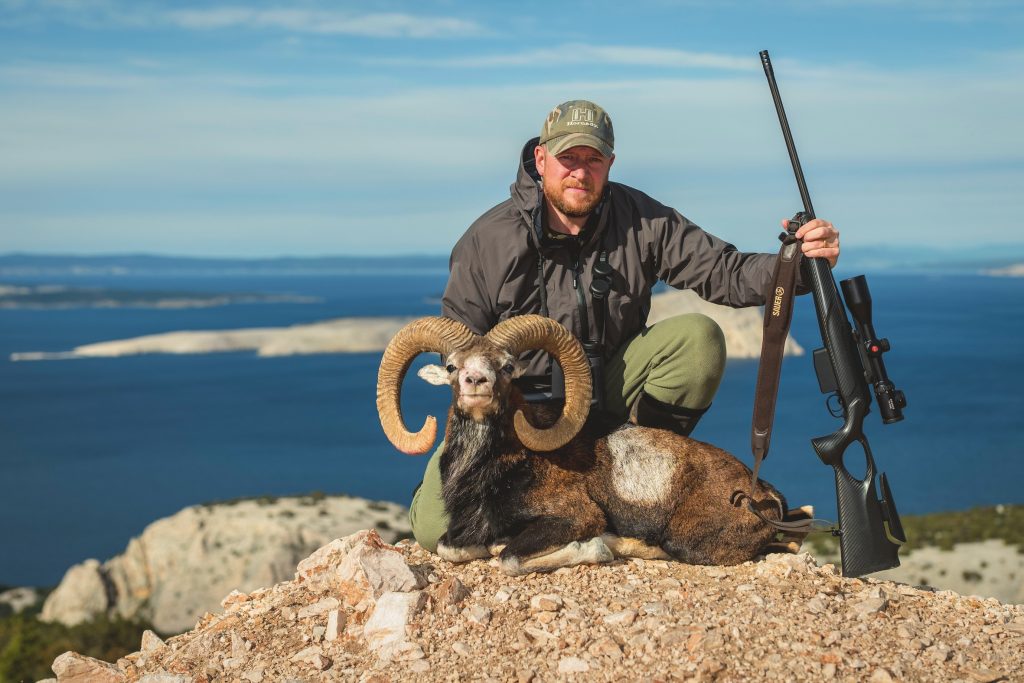The red deer project
In the first part of a three-part series, John Tooher details his preparations for a challenging five-night red deer hunt in a remote Irish forest
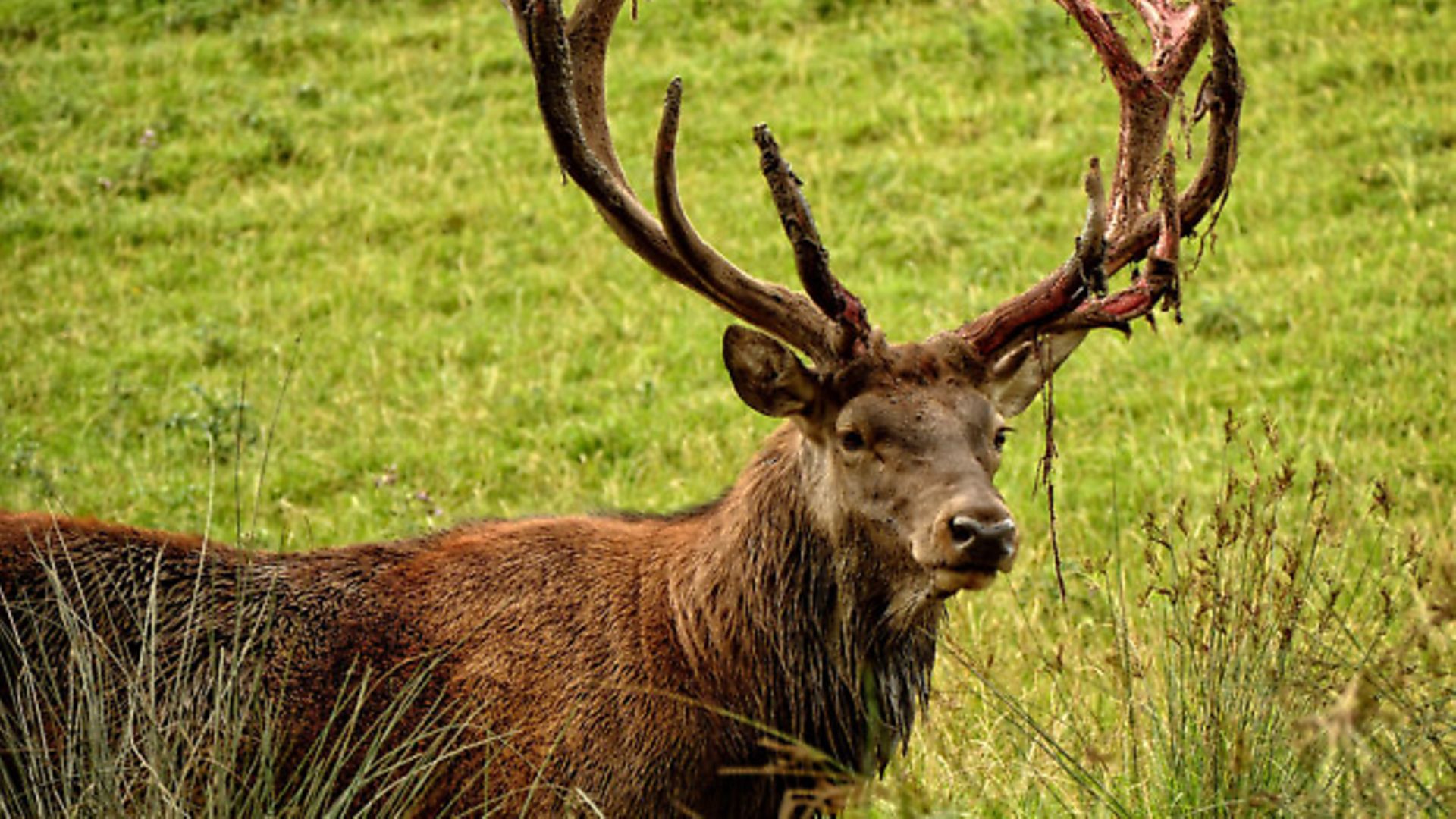
The Red Deer Project: Part 1 – Preparation for Remote Forest Hunting
In late September to early October, my brother and I will be hunting in a remote red deer forest and camping out for five nights. This is the time of the rut and will allow us to make the most of this unique time of year, when the usually shy, mature male deer are vocal and more active in broad daylight than usual.
Why Red Deer Captivate Irish Hunters
Of all the deer species in Ireland, red deer is the one that captivates me most. It is a combination of their ability to blend seamlessly into their chosen landscape and their sheer body size. As red deer are the only deer native to Ireland, it should be of little surprise that, despite their dimensions, their naturally camouflaged rusty red coats merge so well into this rugged environment.
Essential Equipment for Remote Deer Hunting
Every piece of equipment that is carried in needs to be lightweight, tested, robust, reliable and preferably multifunctional. Once we get to our chosen campsite, we don’t want to have to trek back out for any equipment. An example of multifunctionality is my Spartan Precision Sentinel tripod, which I use as the frame for my tent, a support for my binoculars and spotting scope, and finally as a support for my rifle when shooting.
Hunters who backpack hunt will know the importance of having tried and tested gear. Remote hunts are tough, both physically and mentally; comfort is never really in sight. You almost feel unwelcome in the dark, damp forest until you come to terms with it. It is you who must adapt, as the deer and forest are unapologetic. However, remote backpack hunts are extremely rewarding and a true adventure. Reconnecting with nature while gaining an unfiltered experience and testing yourself is a truly incredible experience.
The Challenge of Red Deer Stalking
Red deer stalking can be tough, as often they are hard to find, hard to stalk and very hard to extract. Your chosen equipment needs to be hardy. My red deer hunting ground is very testing terrain and, to add misery, it is nearly always wet. Your equipment needs to be up to the task: from optics, to clothing, bullet selection and knife used to gralloch these tough beasts.
No different from any other deer species, red deer are most active at dawn and dusk, so your optics will be the most used tool on any hunt. Scanning the forest and clearfells, it can take considerable time to find deer. Often, with the herd structure of red deer you will frequently find a mature hind on sentry duty. You may be pinned to the damp ground while you wait for this matriarch to go back to feeding, before closing the distance on your selected stag.
Rifle Selection and Setup
Choosing the Right Rifle for Red Deer
It is your rifle that puts the precious venison in the larder. I start by getting my gun in order, checking the action screws, scope rings and mounts with the use of a torque screwdriver, referring to the manufacturer’s recommendations. Ensure the rifle barrel is cleaned and refouled, the moderator is properly tightened prior to the all-important zero, and ammunition selected that gives a sub-25mm group at 100m, with a calibre choice more than sufficient to kill our largest land mammal ethically.
The rifle I will be using for this hunt is my Akila R8 mk2 in 6.5x55mm. This rifle system is ideal for such hunts, where a short, accurate, packable rifle is required. The stock is fully adjustable and light to carry, but of sufficient weight to enable me to maintain my sight picture after a shot.
Optics and Accessories
The M-Lok system allows me to add a detachable Spartan Vidarr bipod. The folding stock has its advantages for when packing in and out, and for storage around camp. The riflescope I will be using is a Swarovski Z5i 3-18x44mm with ZnikiZ ballistic rings. It was the lightest variable powered scope I could find with a ballistic turret and illuminated reticle.
Hunting red stags during the rut requires practice for every scenario, as shots can be at contrasting ranges and from different shooting positions depending on the terrain. There may not be many chances to get a clear shot at a clever, mature stag, as no deer gets to reach old age by being overly inquisitive. You must be proficient, so practice shooting off quad sticks, bipods and so on.
Predator Control and Preparation
Fox Hunting as Training
To familiarise myself with this rifle setup, my first hunt was for a different type of red: a fox. Stalking foxes at dawn and dusk on the freshly cut, misty summer meadows and purple heather hills provides the perfect opportunity to use and adjust my equipment before the actual red deer hunt.
Foxes are predators and kill calves and fawns. I believe every deer hunter should be involved in predator control – not just to reap the rewards of venison, but we need to assist deer herds all year long. With fallow, sika and red deer giving birth in late May or June, calves are vulnerable to predation when they are left in long grass to hide while the mother feeds.
Scouting and Observation
Predator control can be integrated into scouting for deer. The most successful hunters are those who take every opportunity to be on their ground, observing deer throughout the year. You will find that time spent among the deer is never wasted. From your time spent scouting you will note the areas deer favour at different times of the year and in different weather conditions.
I have modified my existing hunting optical equipment for scouting. My Swarovski EL binoculars wear a Spartan Precision binocular adaptor, and using a PhoneSkope attached to my binoculars and spotting scope allows me to photograph and record deer. Using this equipment gives me the ability to observe deer at a distance so as not to needlessly disturb them.
By studying deer throughout the year you will familiarise yourself with herd numbers, structure and movement on your ground. You will know where does and hinds go to give birth and where your stags and bucks spend their summers, as both sexes are really only seen in large numbers together during the rut. By studying your ground, you will be in a better position to selectively manage your deer in an ethical, professional manner when the hunting season opens.
Specialized Equipment and Techniques
Quad Sticks for Precision Shooting
Quad sticks, or Austrian hunting sticks, invented by the hardy chamois hunters for use in steep alpine meadows, have made their way off the slopes of the Austrian Alps as an indispensable shooting rest. They are like any classic design, having progressed from their simple origin to being manufactured with modern materials.
I use Spartan Precision Springbok quad sticks, made from carbon fibre and a temperature-stable silicone material. They are fully height-adjustable. The clear advantages of carbon fibre are weight, strength, durability and recoil management. Proficiency in the use of quadsticks requires practice.
Ballistic Turret Setup
Being able to dial to a specific shot distance for hunting has obvious advantages. To dial to a range quickly, one modification I made to my Z5i was to install a set of ZnikiZ ballistic turret rings. These rings use a clearly defined number and triangle sequence so that when you need to dial to a required distance at speed, you reference the figured number or triangles at the intermediate distance rather than using the colour-coded rings supplied.
To set them up accurately I first chronographed my rifle, which gave me the true bullet speed – not what was optimistically stated on the box. Unsurprisingly it was just over 40m/s slower than as stated on the ammunition box. Using the Swarovski ballistics app with my bespoke information gave me the required number of clicks needed for 50m intervals. I verified the distances on the ZnikiZ out to 350m, giving me absolute confidence in this system.
Custom Zero Target System
I have designed a zero target that can be downloaded from the Rifle Shooter website. The benefits of using this target to zero your rifle is that scope cant is eliminated and the 1cm squares allow an easier method of scope adjustment, saving time and ammunition.
Use a spirit level to set up the target’s vertical line perfectly plumb. Using the focus ring and parallax on your scope, reference the writing ‘RIFLE SHOOTER’ on the bottom left-hand side of the target to ensure your optics are perfectly focused.
Prior to shooting, superimpose your crosshairs over the target, using the vertical line on the target as your reference. Align your vertical crosshairs so as not to cant the rifle. This vertical line is faint enough so as not to inhibit the view of the centre of the target.
Shoot a group and note the bullet holes. You will be able to see the squares on the target and count the number away from the centre. Most hunting scopes use 1cm per click at 100m, so if your group is five squares high and five squares left of the target’s centre you need five clicks in each opposite direction. The 2cm green square in the target’s centre is a contrasting colour if you use a red illuminated reticle. The target PDF is set at the correct scale for printing.
Building Your Hunting Skills
Hunters who establish their hunting career by first stalking small game with a rimfire before graduating to fox shooting and then deer stalking are, from my experience, noticeably better at fieldcraft and marksmanship. Hunting foxes in daylight hours is a real challenge, as foxes are always moving and rarely give more than a fleeting opportunity for a shot.
This comprehensive preparation ensures that when the moment comes to take that crucial shot at a magnificent Irish red stag, you’ll be ready with the right equipment, knowledge, and experience to make it count.
This is part one of a three-part series on red deer hunting in Ireland. Stay tuned for parts two and three, covering the actual hunt and post-hunt analysis.
Related Articles
Get the latest news delivered direct to your door
Subscribe to Rifle Shooter
Elevate your shooting experience with a subscription to Rifle Shooter magazine, the UK’s premier publication for dedicated rifle enthusiasts.
Whether you’re a seasoned shot or new to the sport, Rifle Shooter delivers expert insights, in-depth gear reviews and invaluable techniques to enhance your skills. Each bi-monthly issue brings you the latest in deer stalking, foxing, long-range shooting, and international hunting adventures, all crafted by leading experts from Britain and around the world.
By subscribing, you’ll not only save on the retail price but also gain exclusive access to £2 million Public Liability Insurance, covering recreational and professional use of shotguns, rifles, and airguns.
Don’t miss out on the opportunity to join a community of passionate shooters and stay at the forefront of rifle technology and technique.
